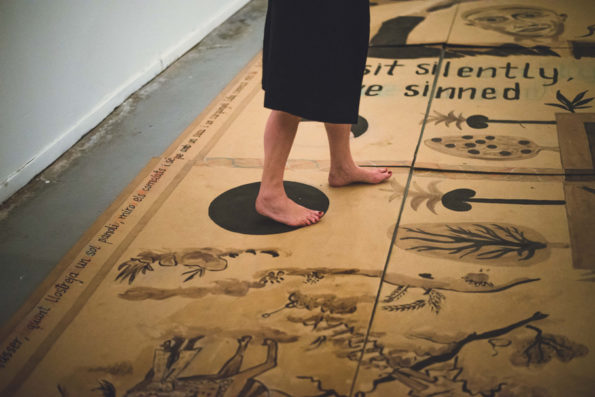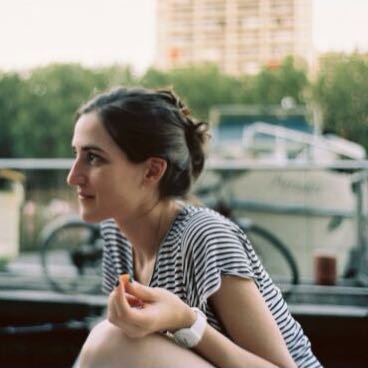Search
To search for an exact match, type the word or phrase you want in quotation marks.
A*DESK has been offering since 2002 contents about criticism and contemporary art. A*DESK has become consolidated thanks to all those who have believed in the project, all those who have followed us, debating, participating and collaborating. Many people have collaborated with A*DESK, and continue to do so. Their efforts, knowledge and belief in the project are what make it grow internationally. At A*DESK we have also generated work for over one hundred professionals in culture, from small collaborations with reviews and classes, to more prolonged and intense collaborations.
At A*DESK we believe in the need for free and universal access to culture and knowledge. We want to carry on being independent, remaining open to more ideas and opinions. If you believe in A*DESK, we need your backing to be able to continue. You can now participate in the project by supporting it. You can choose how much you want to contribute to the project.
You can decide how much you want to bring to the project.

There is something ritual in the fact of having to take our shoes off to walk through a gallery. This is what we must do when we visit Baharestan Carpet, the latest exhibition of works by Tere Recarens in Paris. The title is a reference to the carpet that belonged to Sasanian king Chosroes I that decorated the huge vaulted hall at Ctesiphon and which is only known thanks to almost legendary descriptions. Made of silk, gold and gemstones, it was cut up into little pieces and shared out between high-rank soldiers when the Arabs conquered Persia. The carpet that covers the floor of Anne Barrault Gallery on which we walk barefoot relates the history of Iran in four episodes. From ancient mythology illustrated by the legend of the Simurg bird, through the periods of the Sasanid Empire and the modernisation of the country during the government of Mussadeq, to the present situation of women.
Tere Recarens is influenced by this history, which she perceives and transforms into something personal that is told through play. There is a video in the show that exemplifies this way of acting. In Besenrein (Well Swept, 2003), the artist sweeps away the clouds from an aeroplane in order to obtain a better view of the surface of the Earth. It’s a comprehensive method that turns to travel and exploration as a medium and is completed with perseverance in the learning of Farsi calligraphy and language, and the printing techniques and motifs of Persian prints — in short, thanks to her affective involvement with her object of study, which is revealed in the various different elements filling the gallery space. This is a collection of learnt and repeated gestures used to approach, bring together and harmonise.
Tere says that calligraphy is drawing. In the exhibition we find several declinations of this idea, many of which are related to the boteh jeghe or paisley design, the almond-shaped motif that reminds us of a tear-drop and is characteristic of Persian prints. We see the boteh in the silkscreen prints lining one of the walls in the gallery, the Spark series that combines up to three printing techniques in a long and cumulative process. Large or smaller, filled with colour or calligraphic strokes, we also see it in the carpet.
When the carpet was displayed in Barcelona last winter, the artist organised a supper on top of it. Bahrestan Carpet is, therefore, also a place of encounter where we may approach a culture starting from simple curiosity, in a playful fashion, free from prejudices. Even so, such an approach is neither banal nor apologetic. The posters hanging on the scaffolding outside the gallery like improvised banners draw attention to present-day problems related to exile and forced migration. In this way they highlight the serious issues addressed in the carpet with which spectators come into contact through the soles of their feet.

Glòria Guso is an art historian and a researcher in the social sciences. She was born in the periphery of Barcelona but lives in Paris and her second home is Germany. For her PhD thesis in sociology she studies the international mobility of the visual arts professionals. She writes, coordinates, edits, documents and criticizes.
"A desk is a dangerous place from which to watch the world" (John Le Carré)